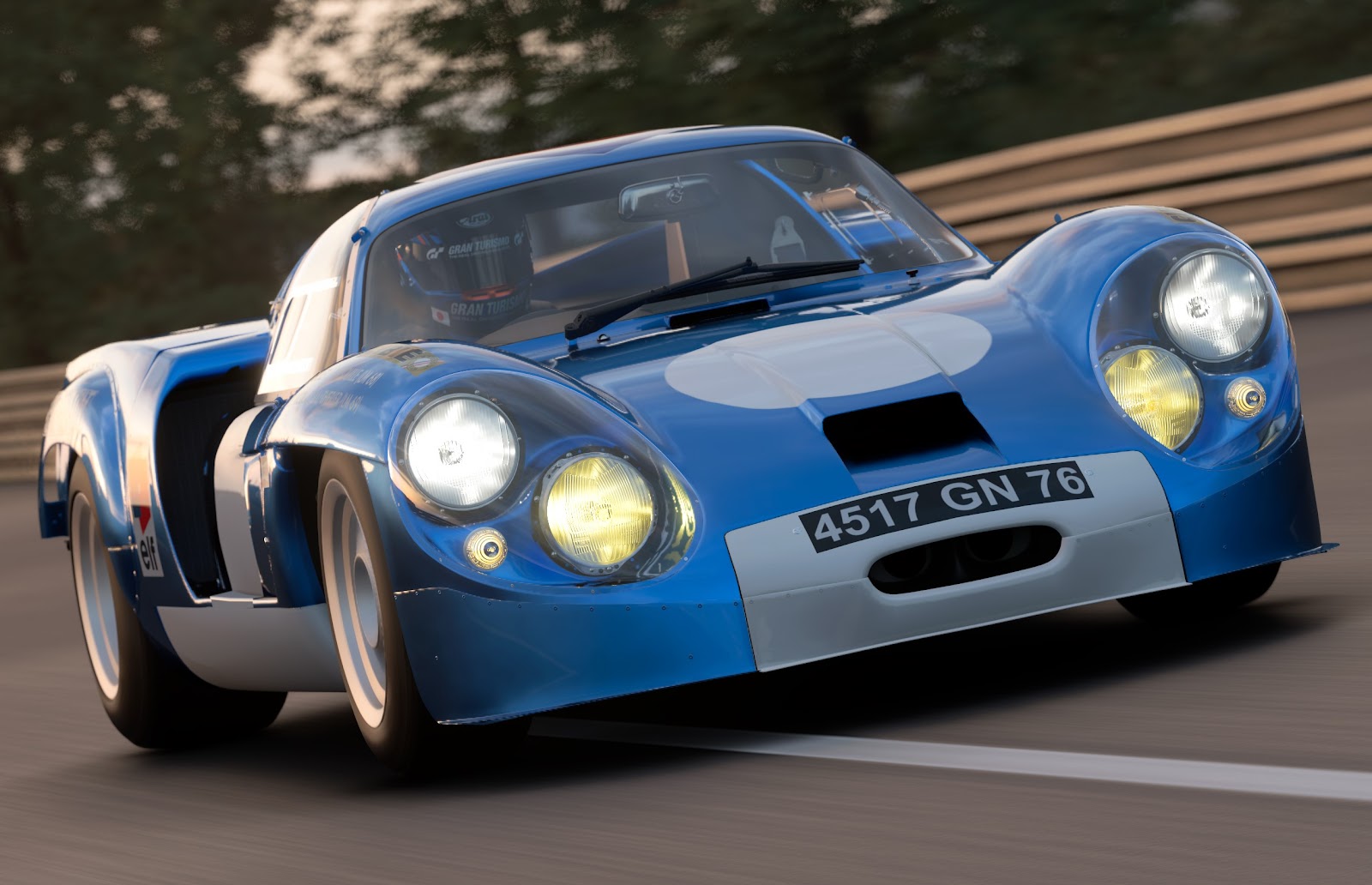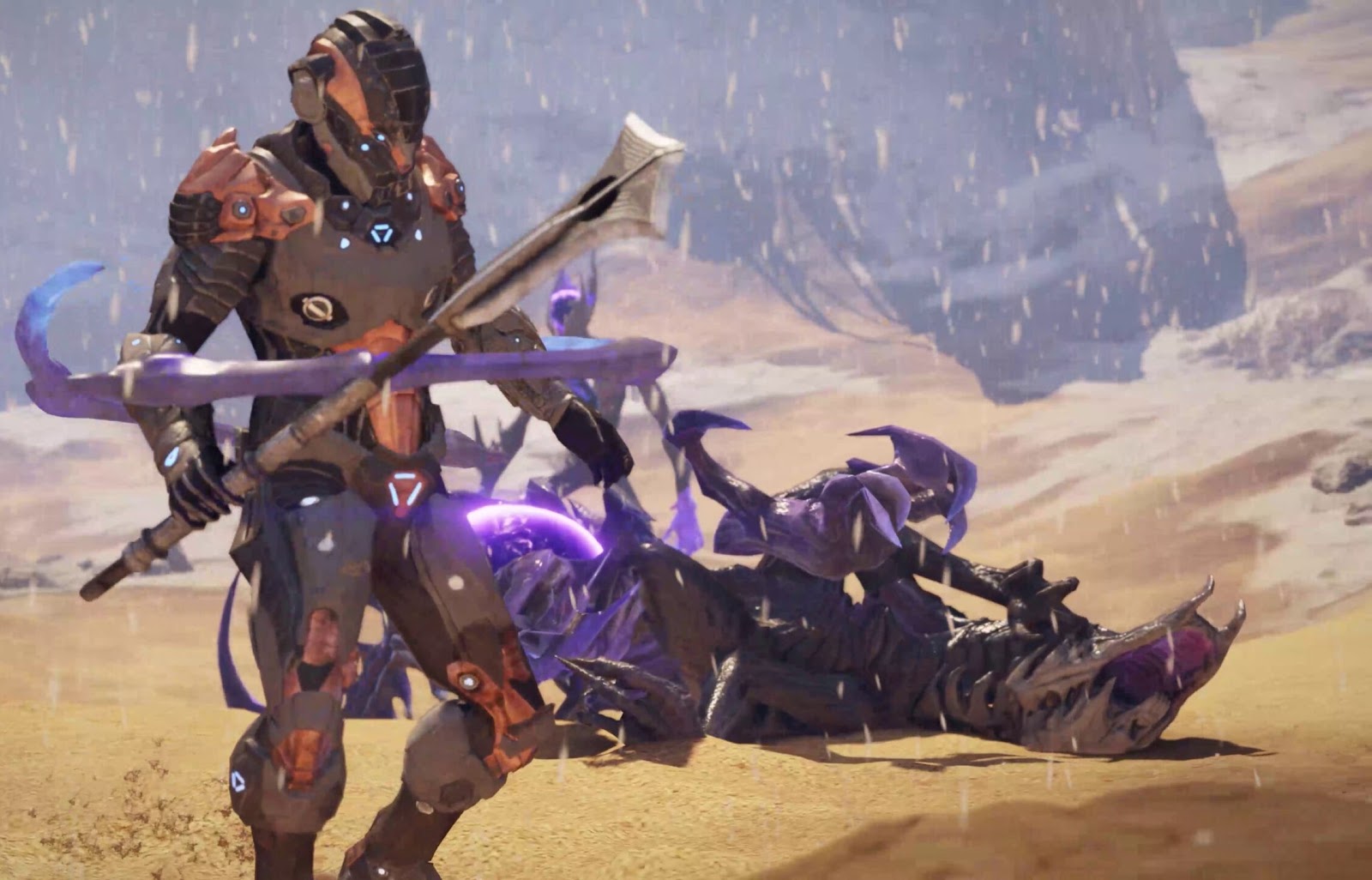I really wish I loved anything as much as Yamauchi Kazunori loves cars. I’m not even exaggerating about that. He clearly loves cars. Gran Turismo 7 is filled with the kind of longing, slow-panning, romantic camera angles that focus on the bodies of these machines in a way that you would think more typical to a Dead or Alive volleyball game. In the case of DoA, doing that would be slammed by the critics for objectification or whatever, but here, with GT7, that’s okay, since the subjects are already objects. What this game offers, first and foremost, is an almost inspiring kind of fan service that will make you just wish that you loved anything as much as “Kaz” loves cars.
GT7 is a celebration of the majesty of cars. That is its first, second, tenth and 100th priority of everything that has gone into the game. It kicks off with an (unskippable) 10-minute documentary of sorts – its not voiced, but it does offer a full history and celebration of the kind of engineering that has gone into car design and manufacture over the years. The production values of this video are loving, and while racing has always been a component of car engineering (it is, after all, how engineers can show off their skills with engines), and the “documentary” does feature some of that, it also makes it clear that it isn’t really about the racing. It’s about the cars.
From there, the most memorable part of your first few hours in GT7 will be the time spent in the “café”, where you’ll be given “menus” (a checklist of tasks to complete in exchange for cars and other rewards) and, as you complete those tasks, the “café proprietor” will give you history lectures about the various cars that you’re steadily earning. All this time, you’re also watching loving, silken-pristine-clear slow pans of the camera as it lingers across the bodies of each of these cars, their immaculate paint glistening thanks to GT7’s incredible lighting system. With the most laid-back music that you’d expect for café ambience, these scenes call to mind the most romantic French movie you’ve ever seen, combined with, again, the ravishing love of the form that we’ve seen in the likes of Dead or Alive. I really cannot believe that I’m comparing a car game to Koei Tecmo’s pure exhibition of fan service, but I’m really not exaggerating in making this comparison. If Marie Rose, Kasumi, and Hitomi were cars, Dead or Alive Xtreme 3 would have been designed in exactly this way.
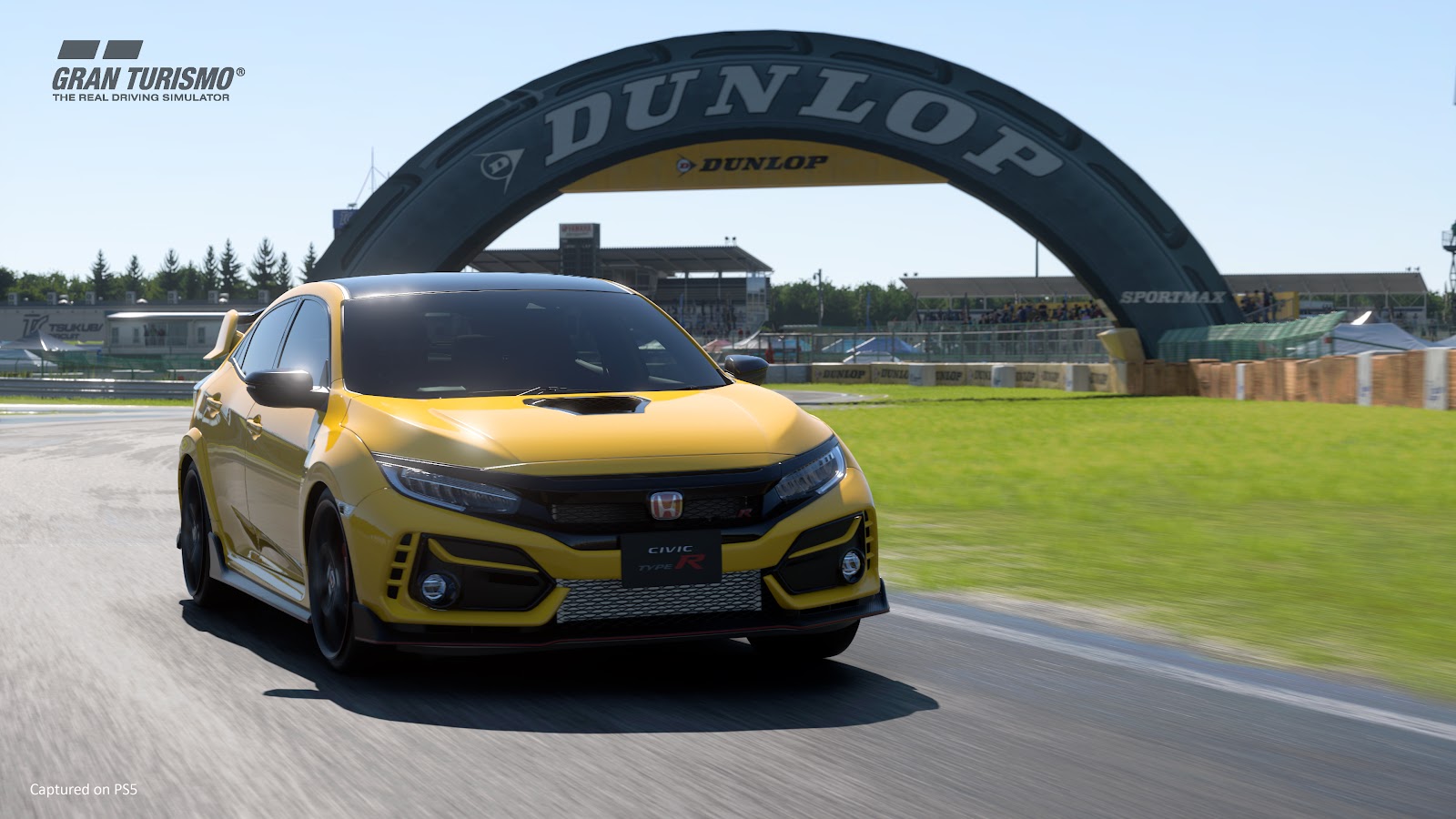
This has always been the quality of Gran Turismo; I made a video way back in 2014 about GT6 being “car porn,” but of course, the PlayStation 5 is a far more powerful console than the PlayStation 3, and the developers have used that to some exceptional effect in building GT7. Not only does every car of the dozens (and dozens) in GT7 have an immaculate, beyond-real recreation of both their exteriors and interiors, but the soft lighting-like aesthetic presents each in a way that glossy magazine photographers and editors could learn a thing or two about. I’ve always preferred Gran Turismo to, say, Forza or Project Cars, precisely because the focus of this series is on the cars rather than the act of racing (Project Cars) or the dudebro culture (Forza), and, after the ill-advised eSports effort of Gran Turismo Sport, I was immediately over the moon that GT7 has so completely re-focused on the series’ greatest quality.
That’s not to say that the game doesn’t perform well on the track, of course. “Kaz” doesn’t just love cars, he used to race them, and his understanding of how vehicles behave on the road informs an authentic and genuine effort to capture motorsports. The thrills are more subtle than in Forza, Grid or Project Cars, perhaps, and by that I mean that to create a sensation of speed, most video game developers exaggerate the visual and physical effects of racing, and GT7 doesn’t quite do that. However, for anyone who has had the pleasure of being on an actual race track, GT7 feels good. You’ll start out with cars that aren’t really designed around racing (not that taking a Mini Cooper or VW Beetle on a race track isn’t a lot of fun, but it’s not their principle reason for being), and work your way up to the Lamborghinis, Maserattis, and actual GT sports cars. As you do so, the cornering, acceleration, and required approach to driving all changes in kind. GT7 isn’t just a case of cars getting faster across the screen as they cost more (in-game) to unlock. Every car has its own unique quirks and feel on the asphalt, and each is a learning curve in itself. You may well find yourself enjoying one or two of the faster cars better than that Bettle handles – here, speed is only part of the experience.
To go with the plentitude of cars to unlock ar over 400 (and as an aside that is, amazingly enough, still not enough as there’s no Lotus, but as my father has a Lotus Elise I desperately wanted to do a direct comparison between the real world and game there), there are also plenty of tracks to race on. There are 34 base tracks (a combination of real-world recreations and fictional locations), and by the time you count short, long, and alternate versions, there are over 90 different ways to race. Now, I personally only needed Mt Panorama, which is the greatest racing track ever designed and I will never get sick of trying to shave millionths of a second off it. For almost anyone, however, the variety’s going to be more than enough, espeically since the complexion of driving does change so much when you’re motoring around in a Beetle versus ripping around in a Lamborghini.
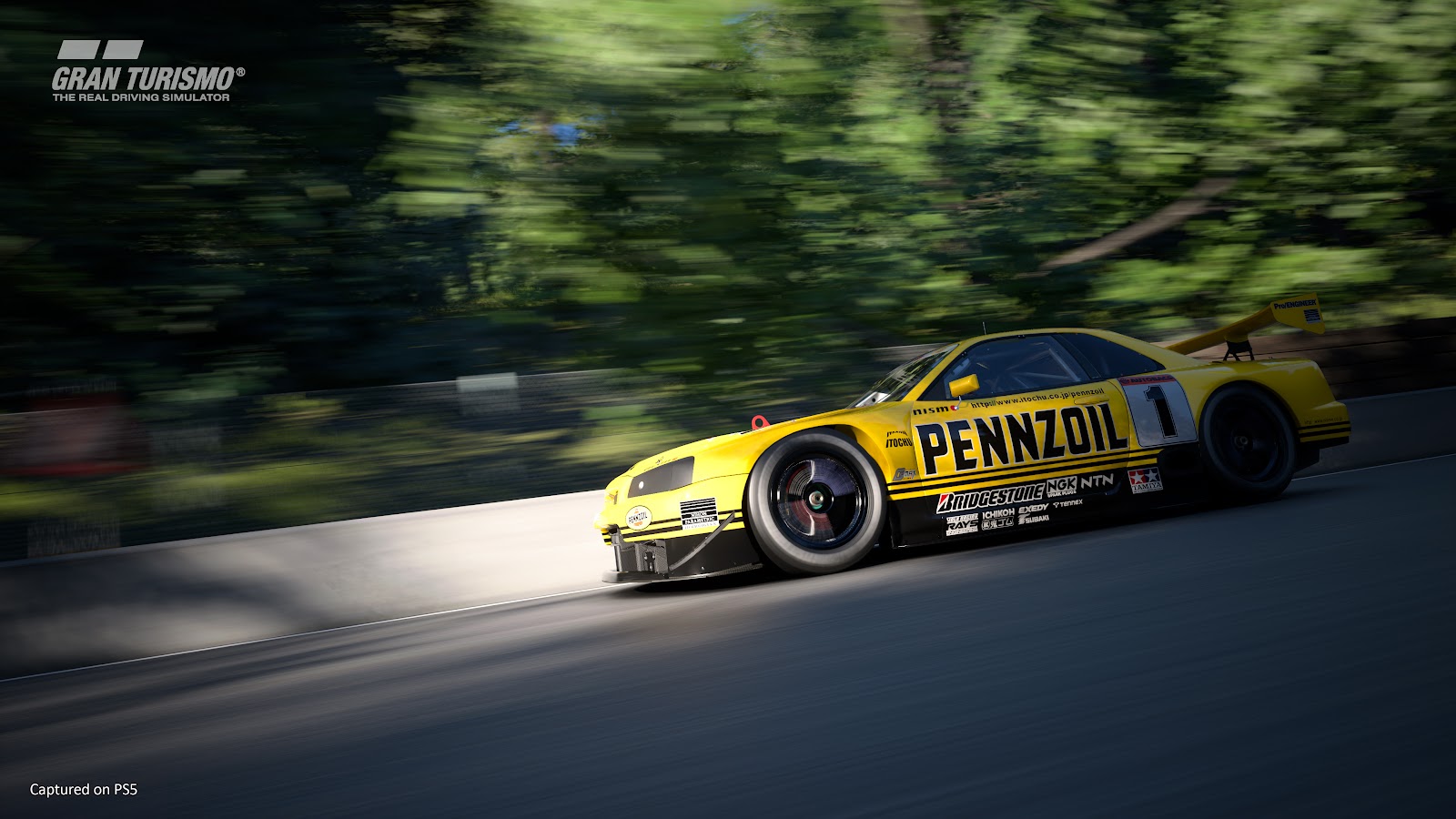
In the game’s “career” mode (i.e. when you’re working through the café’s menus) you’re following a set course, using set cars, and generally only driving around for a couple of laps per event. That mode does get you good and comfortable with the various vehicle classes in GT7, and the learning curve is nice and smooth – it’s paced just right without ever feeling like you’re hitting spikes. Before you know it you’ll also find yourself settling into the rhythms of some seriously powerful machinery, and thanks to the generous rewards system, you’ll also have a fair chunk of the 400-odd cars just by working through that (along with enough in-game cash to buy most of the rest). Of course, as grand and fanservicey as the career is, it’s still only training. The main event is in free-form racing, whether you want to challenge your best times, re-create an epic marathon of up to 200 laps of a track, or take the competition to other people. You have complete control over the way you’d like to race, from the number of laps, through to the weather conditions, and how “arcade” you want the experience to be (i.e how much vehicle damage and wear-and-tear takes a role). Between that, and the pages and pages of tweaks that you can make to your own car before the race, GT7 checks all the boxes it needs to provide authenticity with regards to the real-world strategy of racing, too.
With that being said, I was very disappointed by the AI in racers. You can make the game challenging, at which point you’ll need to be able to nail the perfect racing lines and understand competitive overtaking technique, but the AI itself is very flat. When you’re behind a car, they’re never quite defensive enough, and when you’re in front, they passively wait for you to make errors. That AI very rarely takes one another out, nor does it make errors and crash itself. It’s very difficult to create a race in GT7 against AI opponents that doesn’t feel like you’re weaving into and out of a very disciplined snake of cars. It’s the one flaw to an experience that otherwise looks and feels as authentic as the real sport.
Of course, playing online is going to be where the real drama happens, and Gran Turismo has always attracted a dedicated group of fans that take their racing seriously. I certainly don’t recommend jumping online until you’re done with the café in its entirety, but once you’re comfortable with the game, you’ll find the experience to be much more dynamic online and the victories that much sweeter. Just understand that you’re there to take the racing seriously and the online community doesn’t look favourably on people that play Gran Turismo like dodge-em-cars. Seriously, they will not be happy with you.
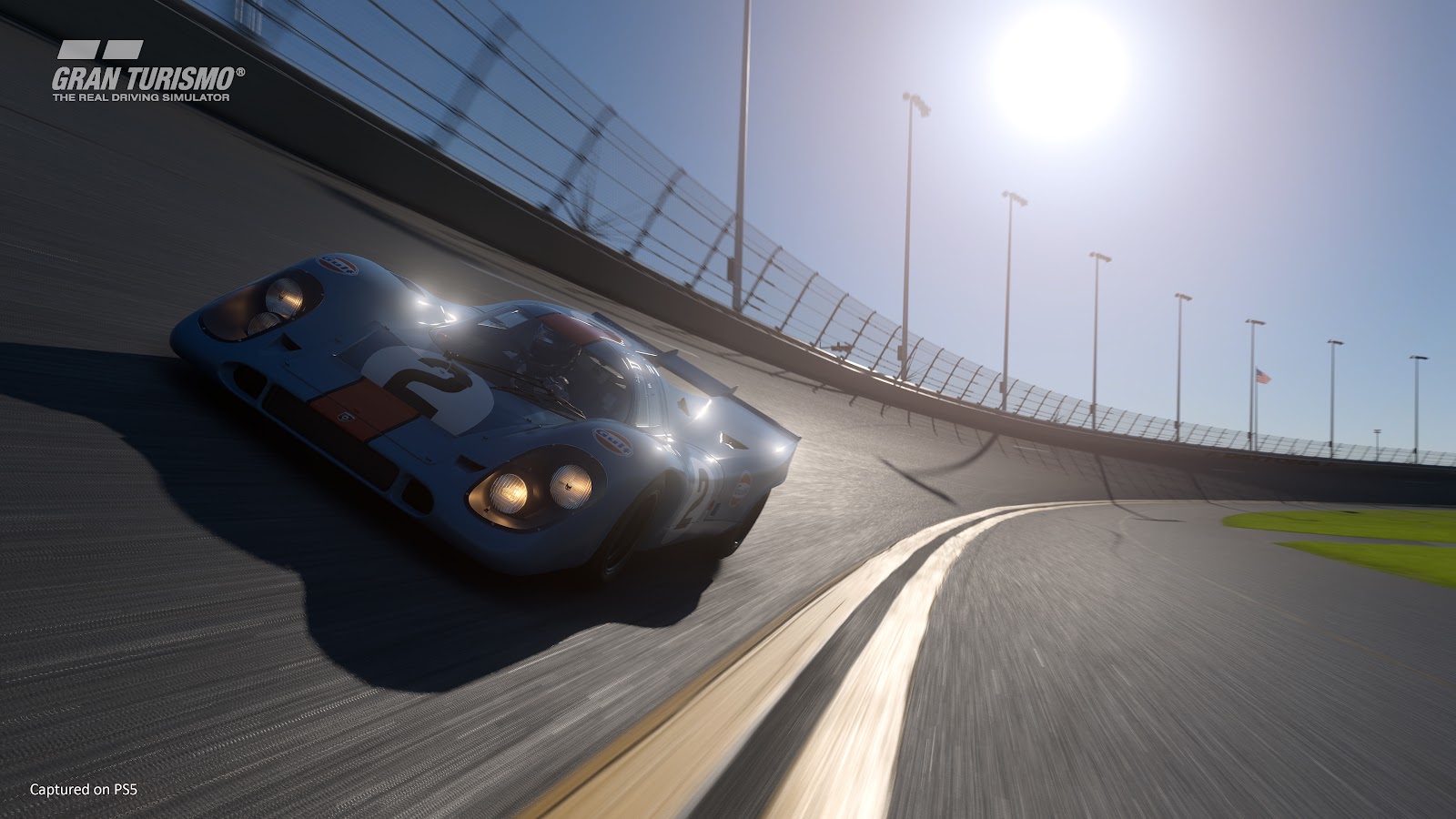
I often say that racing games are, in so many ways, where boundaries get pushed in development. Between the work that goes into the enormously complex physics engines, through to the effort required to create visual environments (and cars) that are gorgeous to look at in all lighting and weather conditions, racing games give us more progress than I think we generally give them credit for. With that in context, Gran Turismo 7 is a masterpiece. Rather than being little more than a wall of sound and speed, as so many other racing titles are, GT7 not only gives us excellent racing action, but it is one of the most loving homages to cars. Gran Turismo 7 is, indeed, the most perfect fan service we’ve seen across all video games to date, and that makes it difficult not to love.


